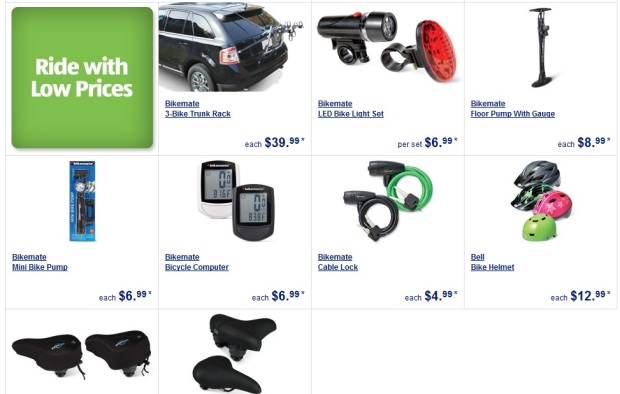I’ve been meaning to write this post since the mid-January thaw, when I ventured to my local Aldi grocery store for the first time ever.
Don’t get me wrong, I’m no stranger to Aldi. Growing up, my family did a decent bit of our grocery shopping there, and, as a college student and a grad student, I appreciated the affordable prices.
I probably shopped Aldi most frequently my first year out of grad school, when I lived within half a mile of a store. When I was in grad school, I lived closer to Soulard Farmers’ Market, so that was my go-to source for produce (though often not locally grown). When you’re going by bike or on foot, it’s all about proximity!
Anyhow, my biggest issue with Aldi was and is the packaging on the produce, which this site mentions as one of their cost saving strategies. In addition to saving cashiers’ time weighing bulk produce, I imagine prepackaging produce also cuts down on product loss — instead of being able to pick through for the best pepper, or the best apples, you take what you get, the good with the not-so-good. But it’s a lot of packaging, especially the items (like peppers) that are placed on polystyrene trays and then wrapped in plastic. Ugh!
On the other hand, Aldi was one of the first stores to encourage bringing your own bags (again, as a cost-saving measure), long before it was en vogue or “green,” and some of their other cost-saving measures are also good for the planet, so it’s a bit of a conundrum.
Anyway, my January trip was spurred by citrus season, and my memory of Aldi carrying fairly nice oranges and grapefruit for a very good price. Also, we have not bothered to unsubscribe from the weekly mailer that includes the Aldi flyer, and I had seen that they were starting to carry some organic items, including apples and bananas, and I wanted to check it out.
They did indeed have good prices on citrus, particularly the three for a dollar grapefruit. On that trip, I came home with three grapefruit (not prepackaged!), a bag of oranges, a bottle of wine, two 1/2 pound blocks of cheese, and a bag of walnuts (a pound for less than $8, vs. the $10+/lb I usually pay at the bulk bins).

My haul did not include any of their “new” organic offerings, though I did scope them out, along with a few other items:
- Organic soymilk — good price, but sweetened, which is unnecessary sugar, in my book
- Almond milk (non-organic) also sweetened
- Organic bananas 59 cents/lb, but were all green, so I skipped them
- Organic toasted O’s, but only a 9oz. box
- Walnuts — a good price, as I mentioned above; not organic, but, for better or worse, I don’t usually buy organic walnuts anyway
Finally, the cheese. I prefer to keep dairy consumption pretty minimal, and, as much as possible, organic [practices]. Avoiding dairy completing is tricky (and for us, unnecessary) and it does taste good. But organic and/or small-farm dairy, and especially cheese, is pretty pricey. Enter the “frugal foodie” debate. On this trip, I went ahead and bought a half-pound each of two cheeses (less than $2 each), knowing they were not up to my preferred standards for dairy.
I find it ironic that many of the Aldi dairy (and perhaps meat?) products are packaged in their “Happy Farms” label, since I imagine the animals have far less than happy living conditions. But, to be fair, the dairy and meat products at Aldi are, in general, no worse ethically/environmentally/health-wise than similar, name-brand products at other stores.
Enough on the food, though. What finally spurred me to write this post was the current week’s flyer, which features none-other than BIKE accessories in the “Special Buys” section.

While many of these items are not likely high-quality, if you’re trying to get set up for biking, and you’re on a tight budget, it would be better to have these lights, than, say no lights (but please don’t skimp on a good quality bicycle!).
I’m particularly interested in the helmets, as my current noggin-protector celebrated it’s 5th birthday a couple of months ago (general recommendations are to replace helmets every five years (or after an impact)). With bicycle helmets, more money does not equal more protection. As long as a helmet has the Consumer Products Safety Commission (CPSC) stamp of approval and fits correctly, it is good to go!
I do have a few other features I want in a helmet, so I’ll head over tomorrow (Special Buys don’t start until Wednesday) to see if my store actually stocks something that will fit the bill.
Do you shop at Aldi? Why or why not?




